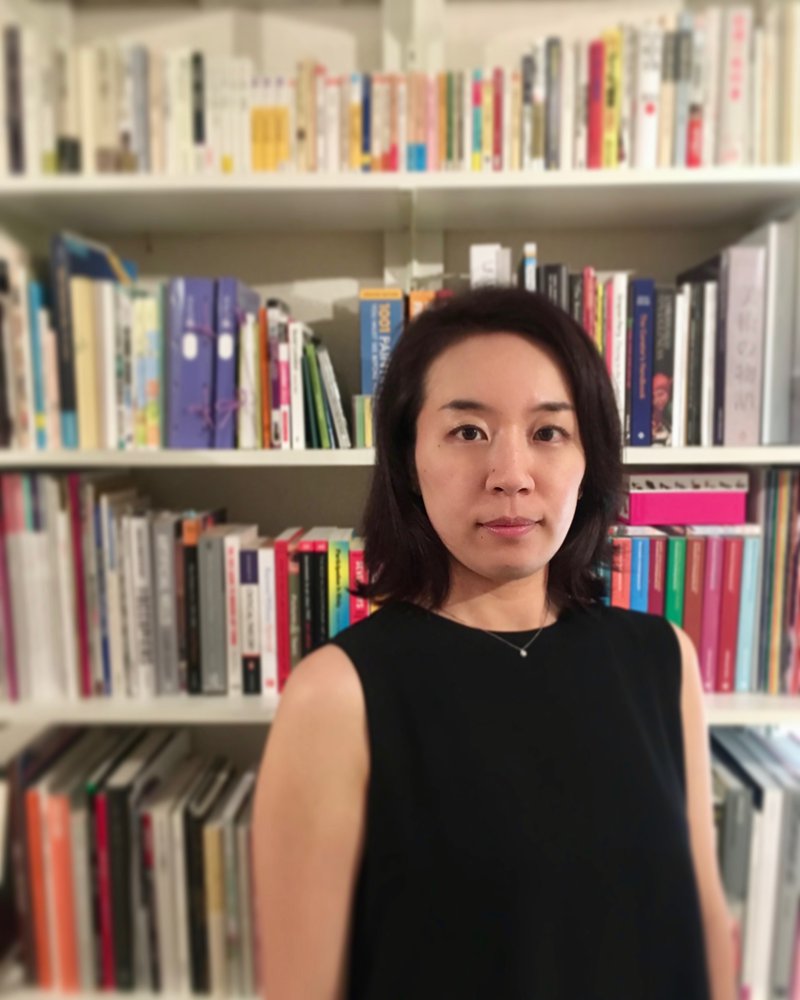Eriko Nagao

First of all, I would like to express my deepest gratitude for the warm hospitality and support provided by the Byucksan Foundation, CIMAM Board members and CIMAM Executive Office, and for this great opportunity, as my first experience, to attend the 50th edition of the CIMAM Annual Conference in Stockholm. All presentations, panel discussions, and museum visits both in Stockholm and Oslo were of immense value, enabling me to meet very experienced museum experts working worldwide, from whom I learned diverse viewpoints while sharing their thoughts and ideas.
Through this conference, I found two essential key points: ‘Emphasis on the process’ and ‘To be a context builder’. I learned the former from the presentation of Magdalena Malm and Antonio Cataldo, who claimed that public institutions should lay much emphasis on the process of creating works of art by artists and of learning for the audience. Therefore, public institutions should be a place not only for exhibiting an achievement of the artist but also for raising discussions among the audience. Curators are rather to support these, making their best effort to create the environment. Meanwhile, I understood difficulties for realizing this, as ‘Mega-’ exhibitions and art institutions, such as Documenta, Venice Biennale, Tate, MOMA and Centre Georges Pompidou, have been super huge that they are, according to Jörg Heiser’s talk, at a tough situation in which curators are incessantly obsessed with anxiety that they do not cover all issues or miss something, namely ‘lack of knowledge’, being more and more conservative. Indeed, collections of such mega contemporary art museums seem to have been homogenized, losing their originality and specificity, despite their privilege in economy, history, and geography to collect various kinds of art pieces. It is rather interesting that many of newly opened art museums are following up the manner of these mega museums and reproducing it in their new museums, which consequently accelerate the homogenization.
Regarding this issue, one presentation on Day 1 impressed me and seemingly gave us a clue. Victoria Noorthoorm, director at Museo de Arte Moderno de Buenos Aires in Argentina, has attempted to rewrite the history of art. Although the historical institution has been out of the mainstream and the fringe of western context, she gave a concrete presentation on how to integrate their colonial works with the international format. She succeeded in maintaining the specialized area, such as the national history of Latin America and Argentina, when she selects works of art for curating exhibitions; the museum has primarily taken advantage of being a non-mega museum and established their own form, and they subsequently laid their collections on other nation’s museum format or context. Similarly, Moderna Museet in Stockholm has been trying to create a specific dialogue to form their original and meaningful collections and exhibitions. For example, they have collected works in connection with the history of Sweden, such as Latin American art pieces. In these public museums’ directors are, making use of their distinctive local culture, trained ‘to be a context builder’, rather than to be a follower of mega museums. I think this method might give visitors more opportunities to discuss local and international issues while overcoming our fears in ‘lack of knowledge’. Besides, I believe, if this attempt is extensively conducted in public museums worldwide, it will re-establish and re-position the history of art in our societies both locally and internationally.
After the great lesson and adventure, I feel it is the time for curators in public institutions to rewrite their local history/culture to curate an exhibition collaborating with contexts, history, and works of art in other nations. Last but not least, as my first experience of an international conference, I am very honored to participate in such an incredibly meaningful conference as a grantee and I am sincerely grateful to all.